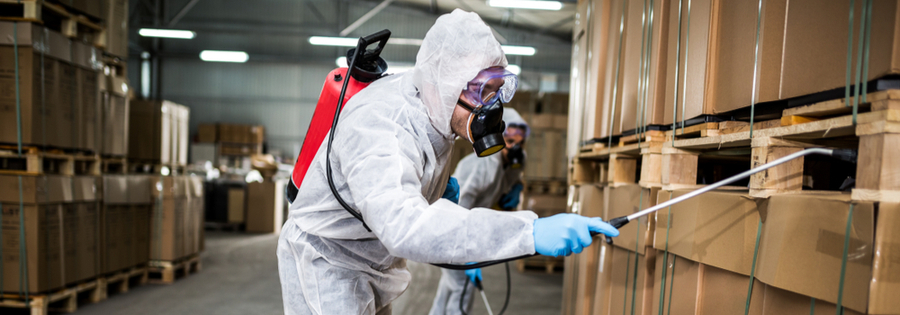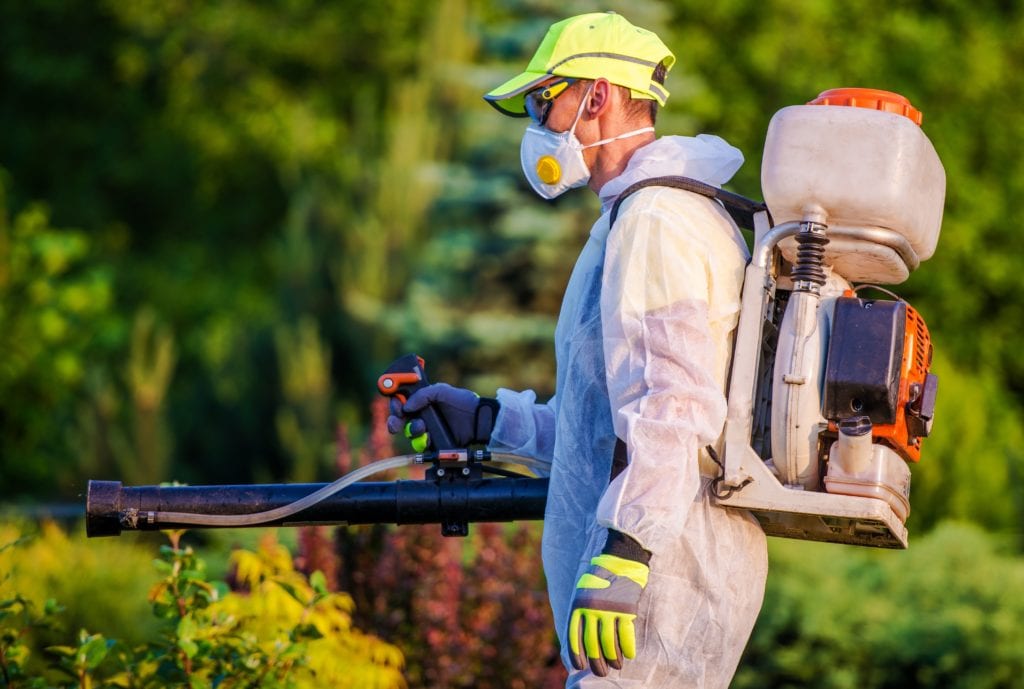Expert Bug Control Techniques for Long-Term Outcomes
Specialist pest control strategies encapsulate a thorough approach that starts with an extensive inspection and analysis, adhered to by specific pest identification to recognize their habits patterns. The execution of Integrated Parasite Monitoring (IPM) principles, coupled with eco-conscious therapies, develops the foundation of sustainable insect eradication.
Examination and Analysis
Upon going into a residential or commercial property for parasite control solutions, the first action is a thorough assessment and evaluation to identify the level of the invasion and identify the most effective treatment strategy. Expert bug control technicians are educated to thoroughly analyze the properties, looking for indicators of bug activity such as droppings, gnaw marks, nests, or any kind of structural damage. They will additionally examine the conditions that may be bring in pests, such as food resources, water leaks, or access factors.

Bug Identification and Actions

Furthermore, recognizing the behavior of the identified insect is crucial to executing efficient control measures. Understanding where parasites nest, what they feed on, and their activity patterns can assist pest control specialists design approaches to eradicate them effectively.
Integrated Insect Management (IPM)
Integrated Bug Administration (IPM) techniques incorporate numerous strategies to regulate and avoid pest infestations in a lasting and eco friendly way. bed bug treatment. By integrating methods such as biological control, habitat manipulation, adjustment of social techniques, and making use of immune varieties, IPM aims to decrease the use of chemical pesticides
Among the essential principles of IPM is the emphasis on prevention. This positive approach involves monitoring pest populaces consistently to find any type of prospective concerns before they escalate. By recognizing bug issues beforehand, pest control steps can be executed swiftly and successfully.
Moreover, IPM promotes the usage of non-toxic pest control approaches whenever feasible. This can include using natural killers of the bugs, presenting helpful insects, or making use of pheromones to interrupt breeding patterns. By reducing dependence on chemical pesticides, IPM not just safeguards the environment but also assists maintain a balance in the ecological community.
Environmentally-Friendly Treatments
Applying eco-conscious methods in pest control treatments can properly deal with invasions while focusing on environmental sustainability. Environmentally-friendly treatments focus on decreasing the impact of insect control techniques on ecosystems, non-target organisms, and human health and wellness. These approaches commonly involve the usage of natural killers, such as ladybugs or nematodes, to regulate pest populaces, reducing the requirement for chemical interventions. In addition, strategies like habitat control, such as changing moisture degrees or eliminating food sources, can aid discourage insects without the use of damaging materials.
One more trick element of environmentally-friendly treatments is the use of natural and naturally degradable products that break down rapidly without leaving dangerous residues in the atmosphere. Herb pesticides originated from plants like chrysanthemums or neem provide efficient bug control Full Report while presenting very little risk to non-target types. Moreover, employing approaches like heat treatments or scent traps can target specific pests with accuracy, minimizing the total environmental influence of insect control methods.
Recurring Surveillance and Upkeep
Continuous surveillance and maintenance are essential components of effective bug control administration. Continuous tracking plays a vital role in guaranteeing that pest infestations are found early and handled quickly. Routine examinations by skilled professionals are required to recognize any kind of indicators of bug activity, analyze the performance of previous therapies, and make modifications to the pest control strategy as needed. By monitoring parasite populaces in time, bug control specialists can track patterns, prepare for potential concerns, and execute safety nets to decrease the danger of future infestations.
Along with tracking, maintenance practices are important for lasting insect control success. This includes executing proper sanitation procedures to get rid of prospective food and water resources for parasites, sealing off page access indicate protect against insects from getting in the properties, and resolving any structural concerns that might facilitate parasite problems (exterminator near me). By including continuous tracking and upkeep websites right into an incorporated insect administration approach, organizations can guarantee a pest-free setting and secure their building versus expensive damage and health and wellness dangers
Final Thought
Finally, using expert pest control strategies such as detailed inspection and analysis, precise bug identification and understanding of their habits, incorporated pest administration techniques, environmentally-friendly treatments, and recurring surveillance and upkeep are important for achieving long-lasting outcomes in pest control. By implementing these approaches, individuals can efficiently handle pest invasions and keep a pest-free atmosphere in a sustainable way.